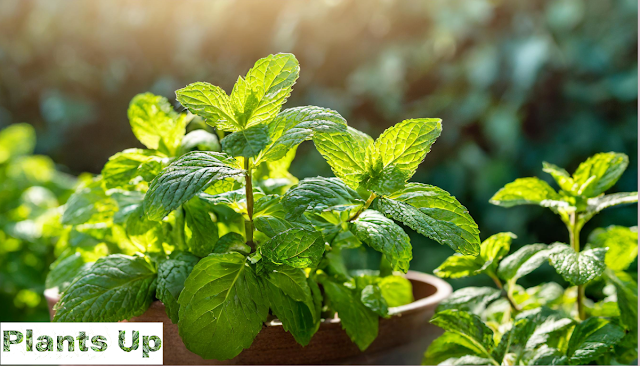 |
| Indoor Gardening Tips and Tricks |
Here are some indoor gardening tips and tricks that you can consider in your garden:
Choosing the right plants: Not all plants are suited for indoor gardening, so it's important to choose plants that can thrive in the conditions you can provide. Consider factors such as light, temperature, and humidity, and choose plants that are well-suited to the environment you can
provide.Light sources: Most indoor plants need at least some natural light to grow properly. If you don't have enough natural light, you may want to consider using artificial light sources such as fluorescent or LED grow lights to supplement the light your plants receive.
Watering: Indoor plants can be more susceptible to overwatering or underwatering, so it's important to pay close attention to your plant's watering needs. Make sure you water your plants thoroughly and allow the soil to dry out slightly before watering again.
Humidity: Many indoor plants prefer high humidity levels, especially during the winter months when indoor heating can dry out the air. You may want to consider using a humidifier, placing a tray of water near your plants, or misting your plants regularly to increase the humidity.
Potting: Choosing the right pot and potting mix is important for the health of your indoor plants. Make sure your pot has adequate drainage holes to prevent water from sitting in the bottom, and choose a potting mix that is well-draining, nutrient-rich, and suited to your plant's needs.
Pruning: Regular pruning can help keep your indoor plants healthy and looking their best. Remove any dead or damaged leaves, and trim back any leggy growth to encourage fuller, bushier growth.
Pest control: Indoor plants can sometimes be susceptible to pests such as spider mites or mealybugs. Check your plants regularly for signs of infestation, and treat any pests with an appropriate method such as neem oil or insecticidal soap.
Air circulation: Good air circulation is important for indoor plants, as it helps prevent the buildup of stagnant air and promotes healthy growth. Make sure your plants are not overcrowded and that air can circulate freely around them.
Fertilizing: Indoor plants generally require less fertilizer than outdoor plants, but it's still important to provide them with the nutrients they need. Use a balanced, water-soluble fertilizer and follow the manufacturer's instructions for application.
Temperature: Most indoor plants prefer temperatures between 60 and 75 degrees Fahrenheit. Avoid placing your plants in areas with extreme temperature fluctuations, such as near drafty windows or doors.
Repotting: As your plants grow, they may outgrow their current pots and need to be repotted. Make sure to choose a pot that is slightly larger than the current one, and use fresh potting mix to ensure the best possible growing conditions.
Propagation: Indoor plants can be propagated through various methods such as stem cuttings, leaf cuttings, or division. Propagating your plants is a great way to create new plants, and it can also help keep your existing plants healthy and vigorous.
Plant selection based on skill level: It's important to choose plants that match your skill level. Some plants may be more difficult to care for than others, so it's important to choose plants that you feel confident in caring for.
Hope these tips and tricks help you in your garden care. if you like this article then don't forget to comment.
Thanks for visiting Plants Up!
